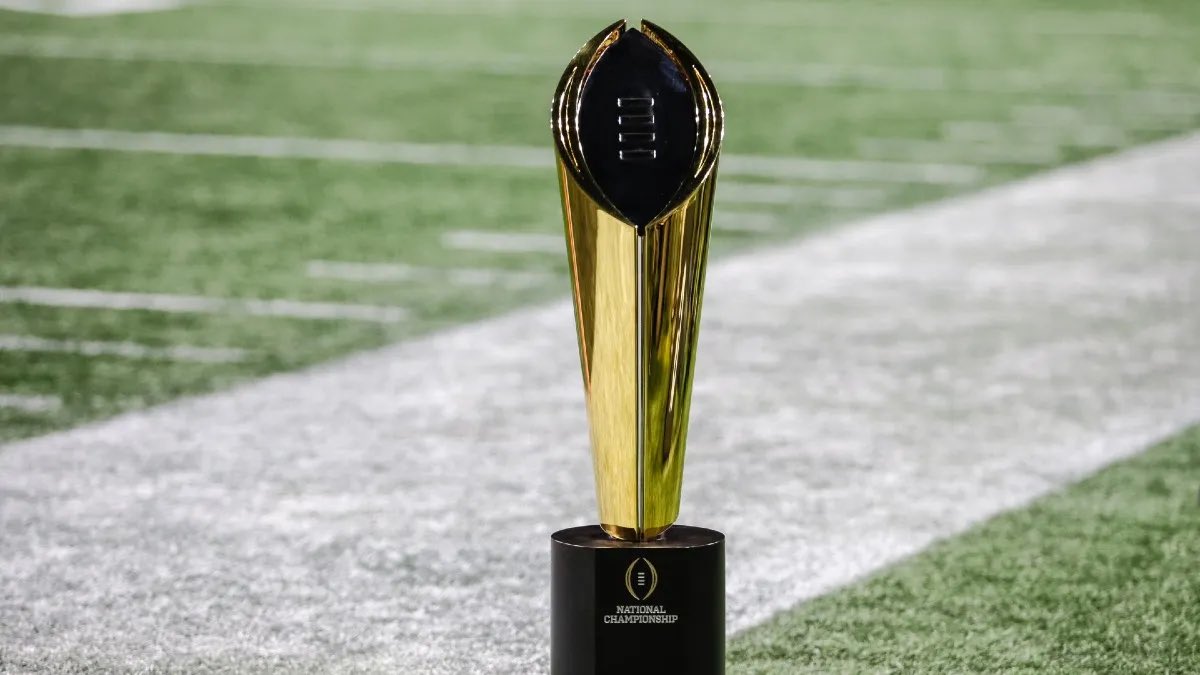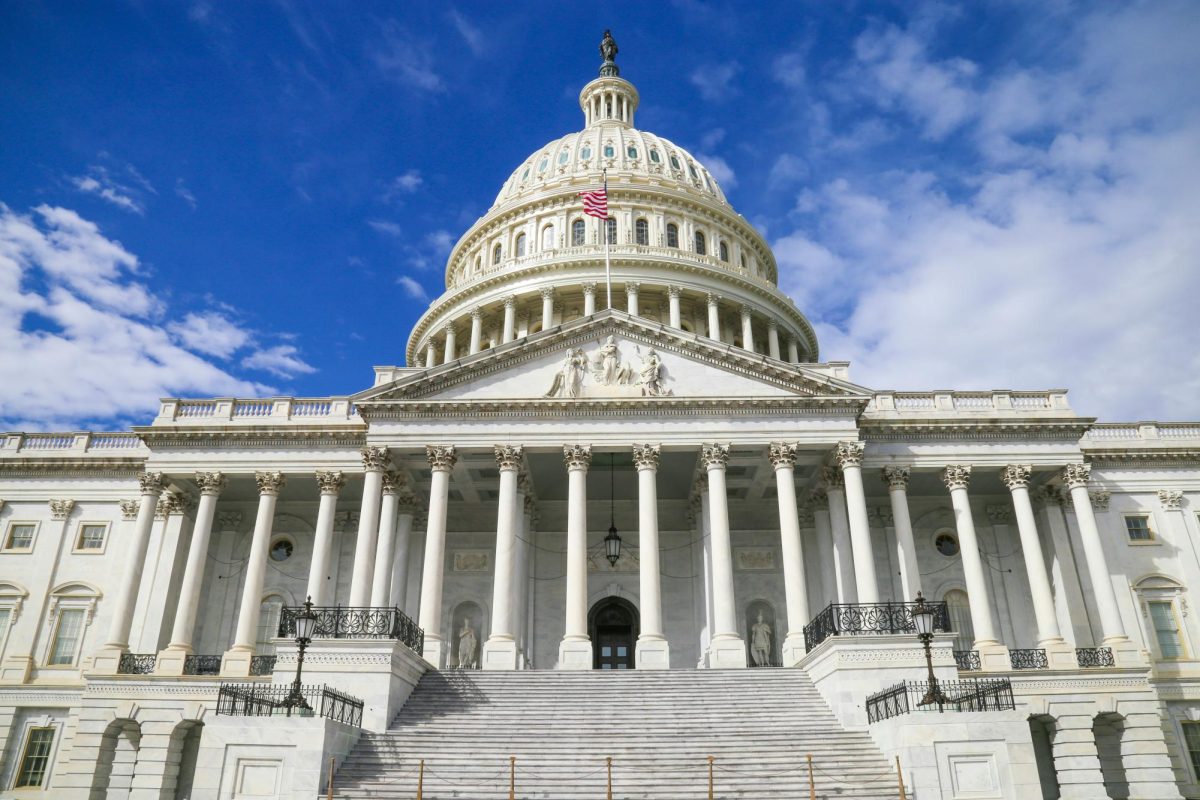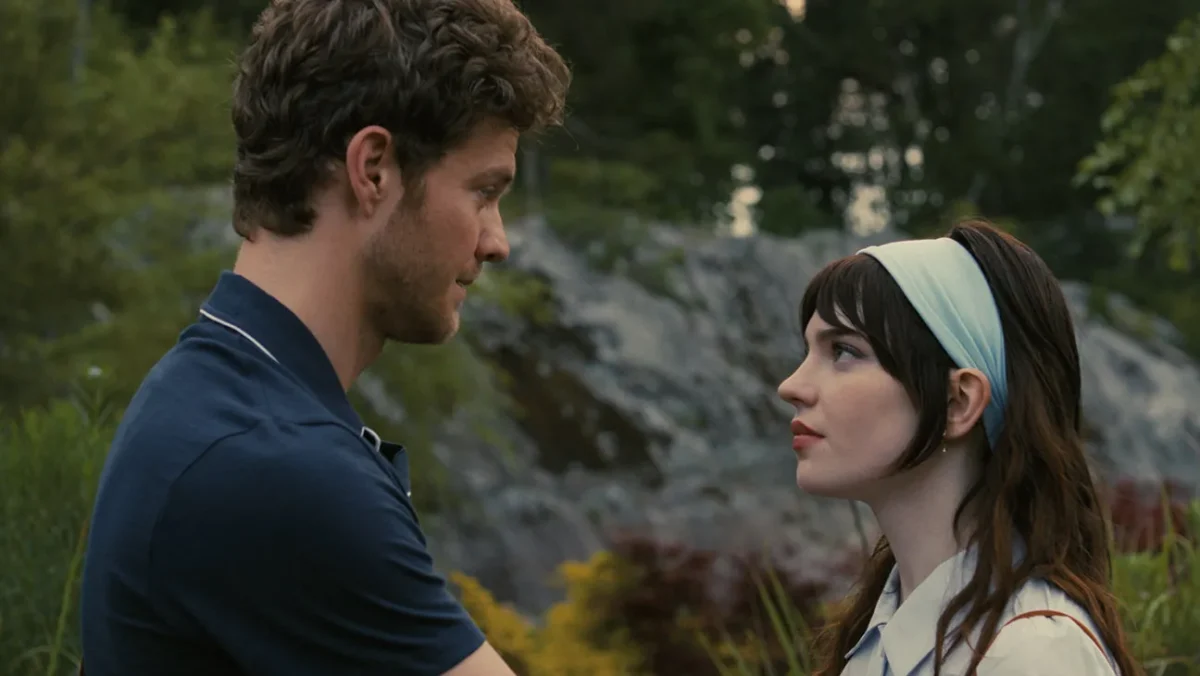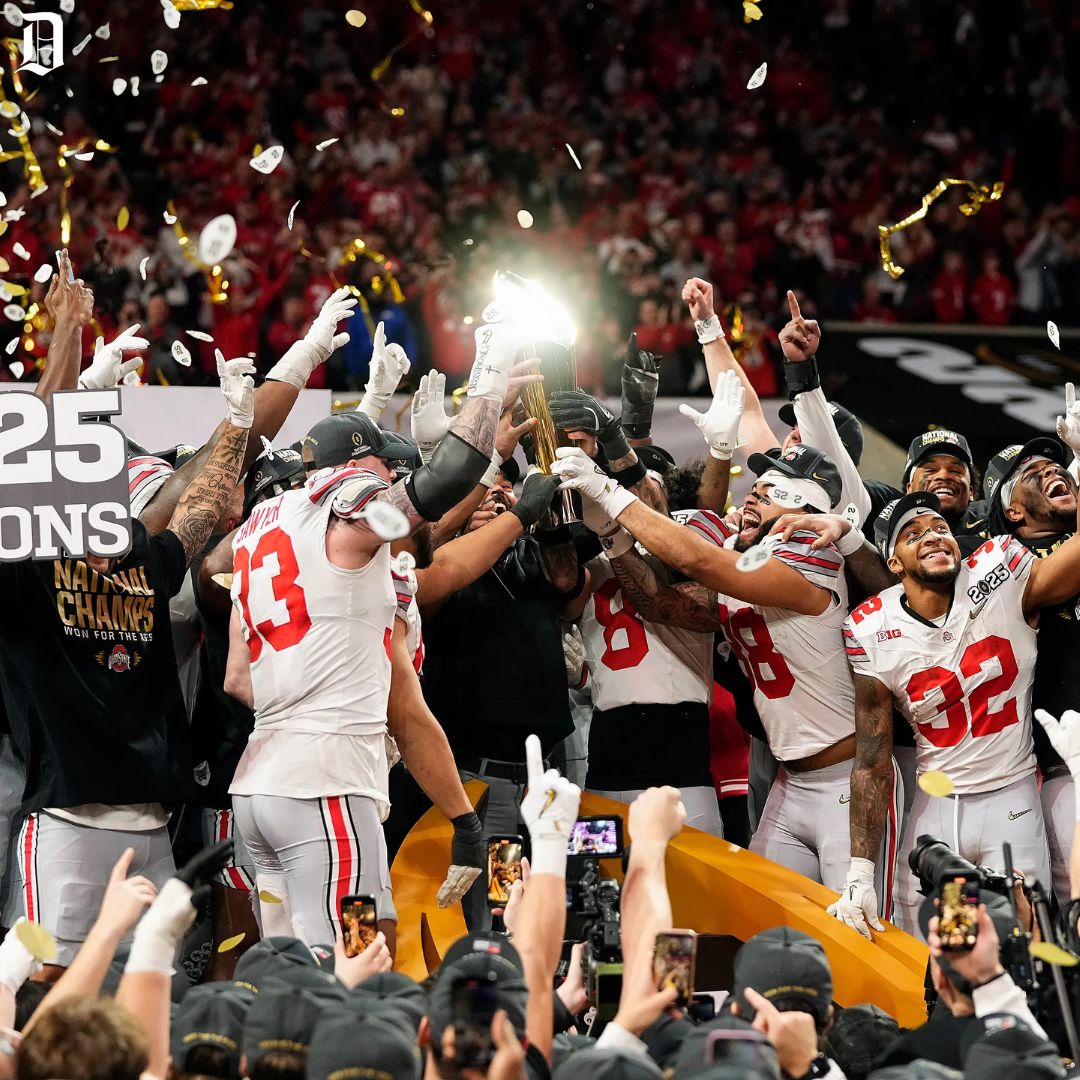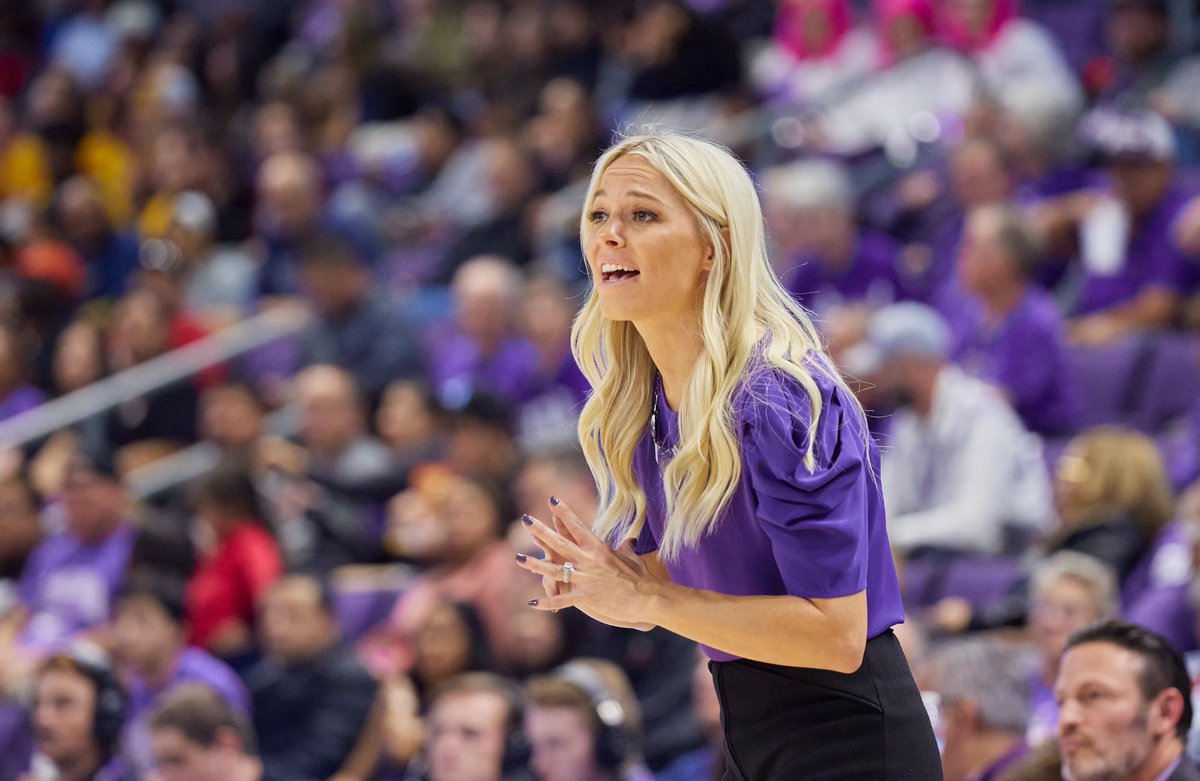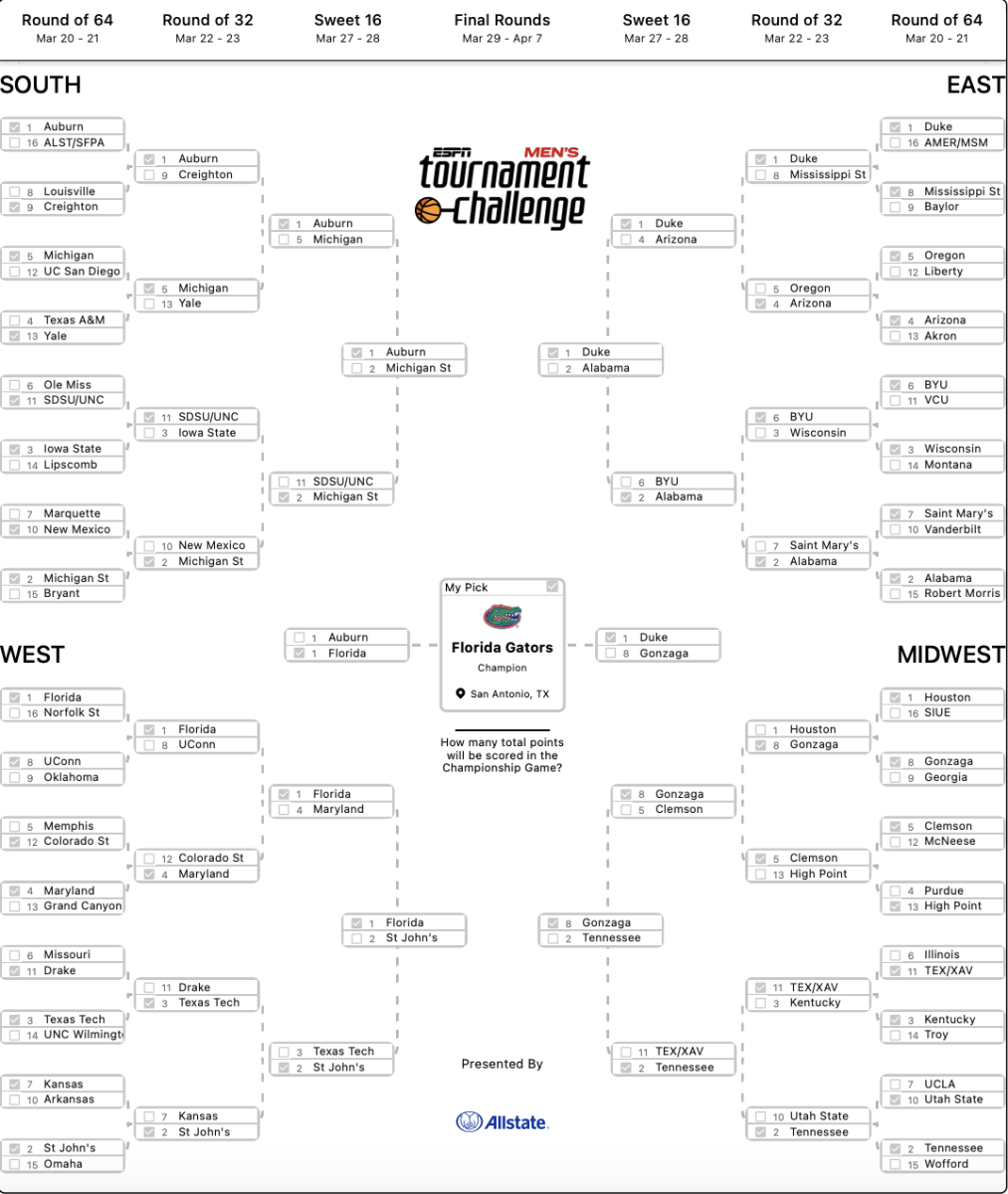What if I told you one three-week event combined sheer elation, utter heartbreak and extreme unpredictability.
You’d probably think that I’m giving you the first 30 seconds of basically every ESPN 30 for 30, but actually, I’m not. I’m giving you a quick description for the pinnacle of sport itself: March Madness.
Because of its structure, the NCAA Men’s Division I Basketball Tournament is the most compelling competition in sports, hands down. Bracket season brings a certain electricity to springtime.
First, small schools get in. Thirty-two conferences give automatic bids to their conference tournament champion, so even the smallest of the 347 Division I teams have an attainable shot of being one of the 68 programs with tickets to the “big dance.”
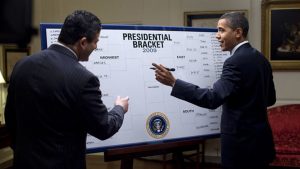
Thus, first-round matchups will always pit tiny schools against the titans of college basketball, so there’s always a chance of a major upset.
Second, because basketball is a five-on-five game, individual players can have a greater impact on a game than almost any other team sport.
Sure, the NBA is also five-on-five, but the NBA playoffs are decided by a best-of-seven series. The NCAA tournament is one-and-done: if you lose, you’re eliminated. Small-conference teams only have to beat a more talented team one time to put their school on the national map.
Take the 2013 NCAA Tournament, for example. Florida Gulf Coast University, a 15-seed out of just 16, defeated two-seed Georgetown and seven-seed San Diego State to advance to the Sweet 16. Cinderella runs like these have implications beyond the hardwood, too: Florida Gulf Coast’s run gave the school tons of publicity, something they would likely never get otherwise.
Or look at the 2006 NCAA Tournament, in which 11-seed George Mason defeated four consecutive higher seeds, including top-seeded Connecticut, to advance to the Final Four, a hallowed achievement in basketball lore.
I’ve even seen firsthand how the power of an upset, or a potential upset, can rally even fans with no rooting interest in the game.
During the 2008 tournament, my dad and I went to the Verizon Center to see two first-round games.
The nightcap of the double-header featured perennial title contender and number two seed Duke playing against the 15 seed Belmont Bruins. At this point in time, only four 15s had ever defeated a two-seed.
Belmont was down seven points at halftime, and the score remained close throughout the second half, so fans at the game became increasingly aware of the magnitude of a possible Belmont win. Belmont had zero previous NCAA Tournament wins, while Duke had three National Championships to its name. Midway through the second half, almost every person in the building except the Duke fans was cheering for Belmont, including my dad and me. Belmont had the lead in the final minutes, but eventually lost by one point.
The point is this: the bracket-busting stories of the NCAA tournament can capture the heart of anyone.
Even if you don’t go into hibernation for the next few weeks like I will, watch some games Thursday and Friday if you’re not busy; they won’t disappoint.
For the fans like me, rejoice, because the best event in sports is back.





